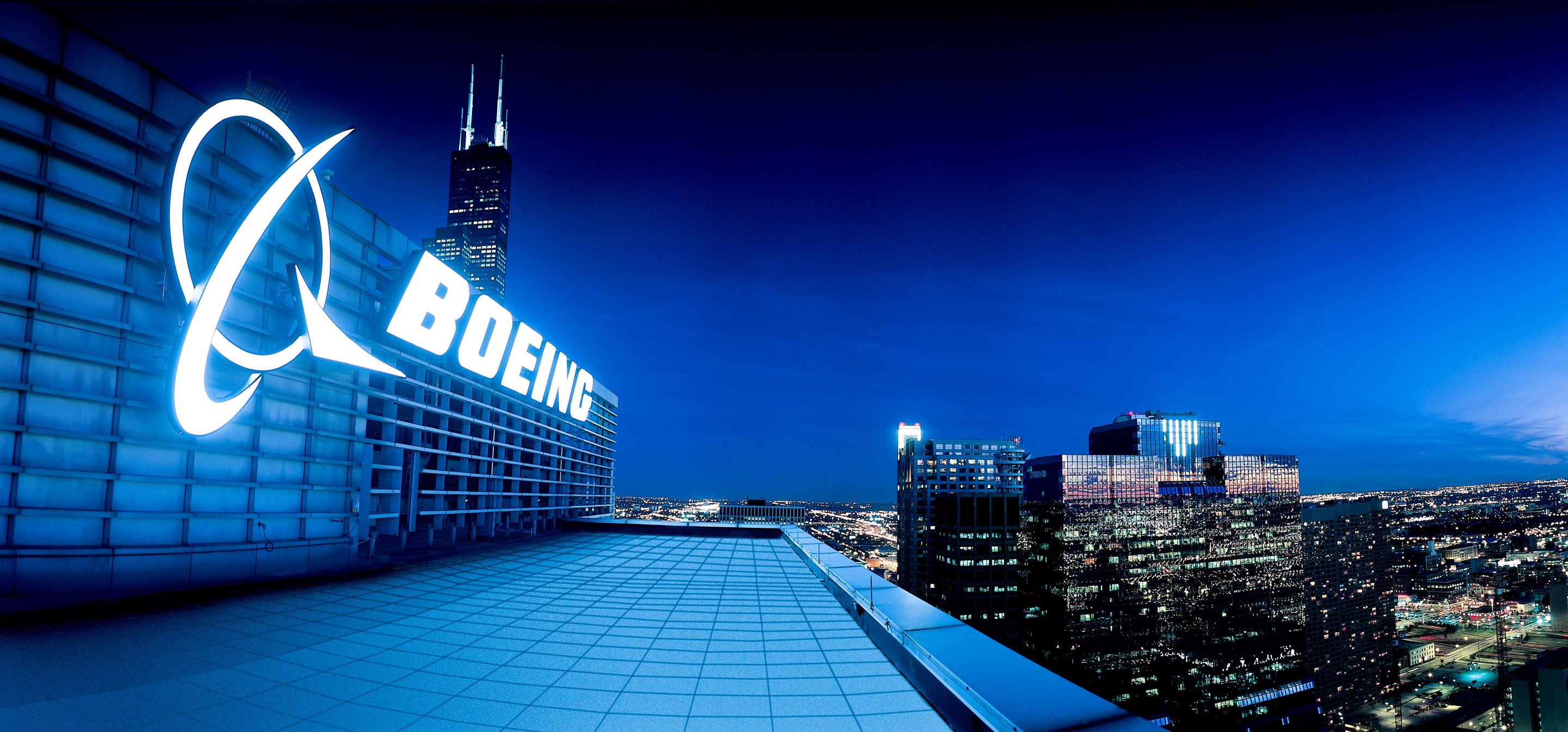Timeline: Boeing
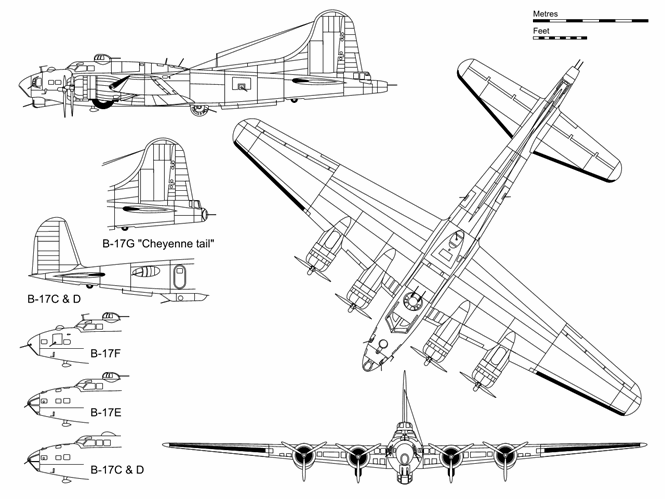
Armstrong, Earhart, Wright, Yeager, Gagarin; these are the names that pepper the history of human flight. For one company to make a name for itself, on an international basis, in the midst of those legends, is an achievement. Boeing, at 102 years old, commands over 40% of the global aircraft market. Its Dreamliner is poised to become one of the most popular passenger aircrafts. But,where do Boeing’s origins lie?
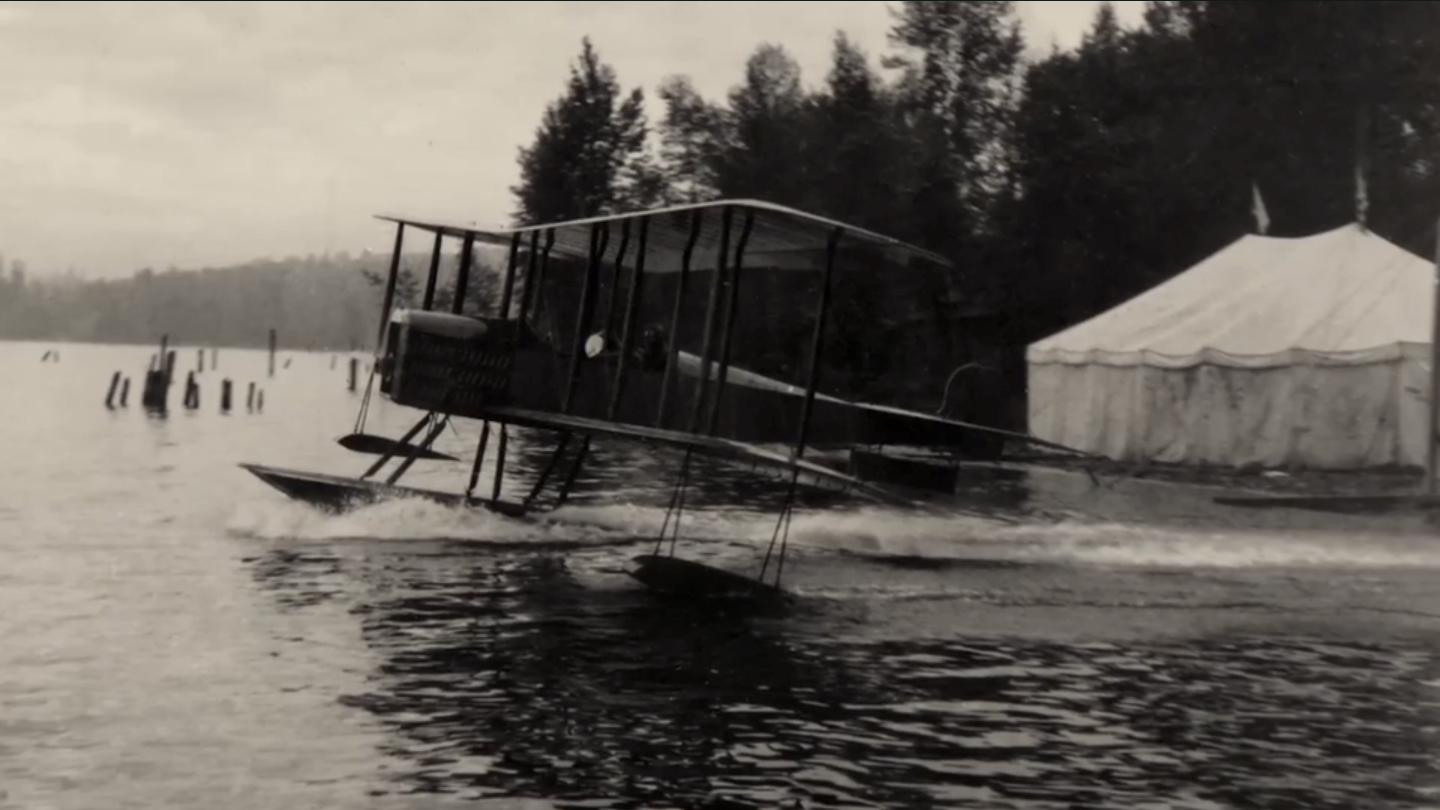
1916-1920
In 1916, William Boeing established Pacific Aero Products Co., having launched early seaplanes from a former shipyard on the Duwamish River in Seattle. The site was responsible for the first airplane flight over the city in 1910.
1920-1930
The 1917 rebrand of Pacific Aero Products to the Boeing Airplane Co. marked the start of a new era. The US Navy places an order for 50 seaplanes shortly after, starting a century-long relationship with the US armed forces. But 1919 is when the game changes for Boeing. On 27 December, Boeing’s B-1 mail plane – its first commercial aircraft – flies for the first time. Throughout the decade, Navy contracts and commercial development go hand-in-hand for Boeing. The ’20s are also a period of development for future Boeing subsidiary McDonnell Douglas.
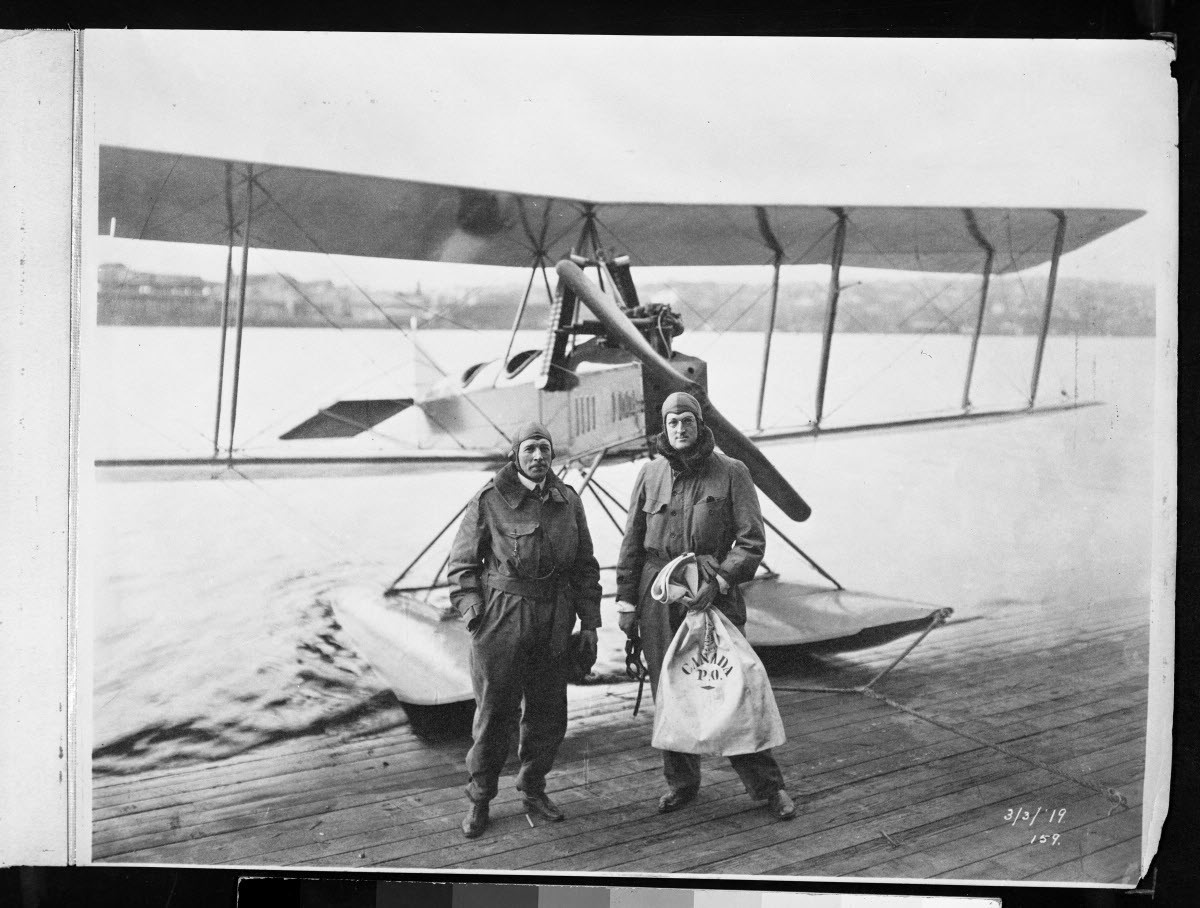
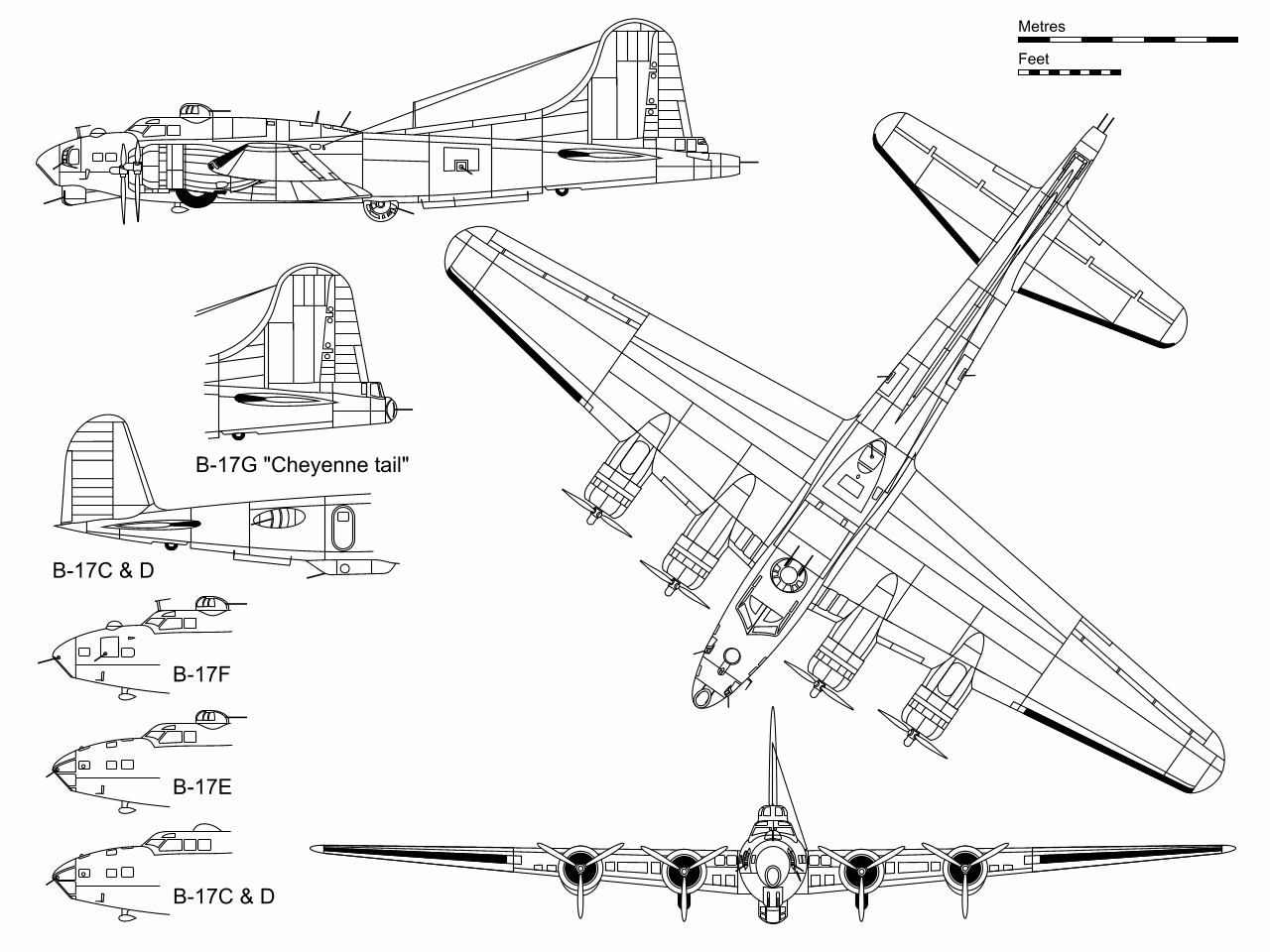
1930-1940
Despite the Great Depression, the 1930s offered an opportunity for Boeing to make a name for itself. Its B-17 ‘Flying Fortress’ was credited by the US air commander in Europe, General Carl Spaatz, for winning the second world war. Boeing develops other fighters and bombers to support the US’ involvement in the war. The bombers were only part of the decade’s development at Boeing though, as the company works with partners to form United Air Lines – later broken up due to anti-trust laws. Meanwhile, the Douglas Aircraft Co. makes headway in developments in commercial flight.
1940-1950
With a boom in commercial flight during and after the second world war, Boeing and Douglas develop new products for airlines across the US – particularly Pan Am and TWA. Defence contracts still abound throughout the decade as the US remains an air power through the beginning of the Cold War. Other developments, like jet-assisted takeoff, and in-flight refuelling make Boeing’s business soar.
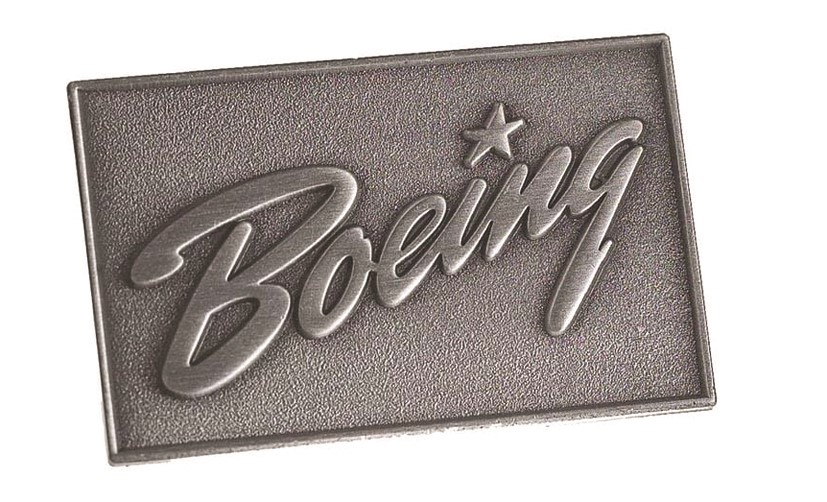
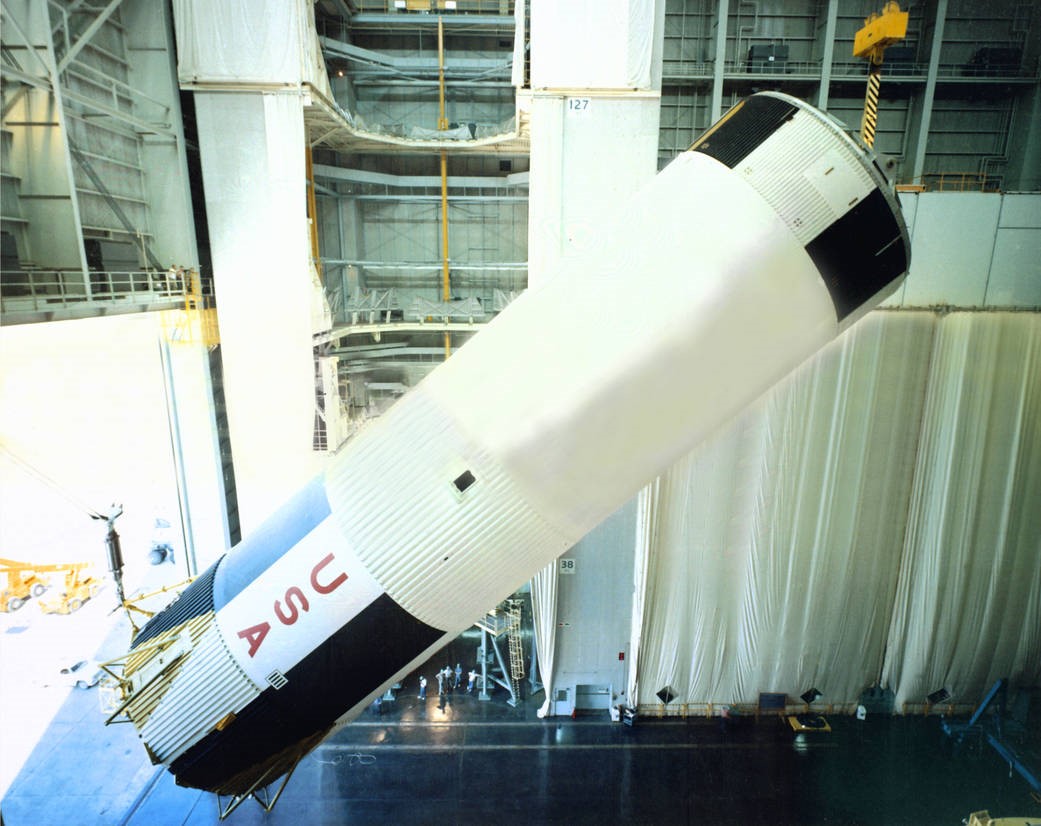
1960-1997
With the start of the space age, McDonnell Douglas and Boeing see further contracts in commercial jet travel, space travel and defence. Boeing celebrates its 50th anniversary in 1966 and then wins the competition to build the SST jets. Boeing and McDonnell Douglas collaborate on the Saturn V rocket and Apollo modules, eventually sending the first men to the moon. On the civilian side, in 1969, the first 747 rolls off the assembly line, beginning a long tenure of prominence in commercial flight. Boeing also begins making a name for itself in helicopters with the development of the Apache – a model still used today.
1997-present
The modern era has seen Boeing merge with McDonnell Douglas (in 1997), adopting a joint logo combining Boeing’s space-age wordmark with McDonnell Douglas’ quirky stellar icon. While still working on military and space programme contracts, Boeing’s commercial side really takes off. The 747 dominates while the 737 and 777 model aircraft proliferate around the world. Today, Boeing’s 787 Dreamliner is one of the most popular commercial aircraft models in production. The company celebrated its centennial in 1916 and this year, as the history of human flight reaches the 110 year mark, the sky is no longer the limit.
